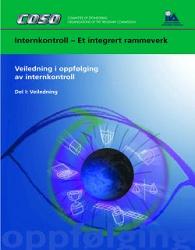
Målsettingen med denne veiledningen er:
– å hjelpe organisasjoner med å gjøre systemene for internkontroll mer effektive og målrettede
– å gi en praktisk veiledning som illustrerer hvordan oppfølging kan inngå i en organisasjons internkontrollprosesser
COSOs Veiledning i oppfølging av internkontroll utdyper oppfølgingskomponenten i internkontroll slik den ble drøftet i COSO-rapporten fra 1992. Veiledningen skal klargjøre oppfølgingsdelen av internkontroll og gi veiledning på hvordan organisasjoner kan gjennomføre en målrettet og effektiv oppfølging.
Veiledningen består av tre hefter:
1. Veiledning i oppfølging av internkontroll
2. Anvendelse
3. Eksempler
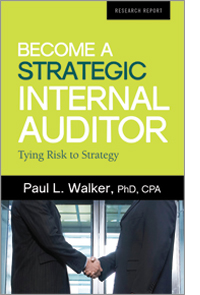
Businesses today are spending more time on strategic issues and seeking more help from those with strategic capabilities. This has created a unique opportunity for internal auditors to help their organizations both manage their risks and achieve their strategic goals.
In Become a Strategic Internal Auditor, you can learn how leading internal audit functions work with management to play a role in strategic initiatives.
- Stay connected to the business.
- Get involved earlier in the life cycle of strategic projects.
- Use ERM to raise risk and strategy questions.
- Use leading-edge risk assessments to gain knowledge for strategic initiatives.
- Identify new skill sets needed to engage in strategic planning.
Become a Strategic Internal Auditor is based on multiple interviews and case studies at ADP, VMware, Raytheon, Harley-Davidson, and other leading organizations. It provides practical information that you can use to become a trusted strategic advisor for your organization.
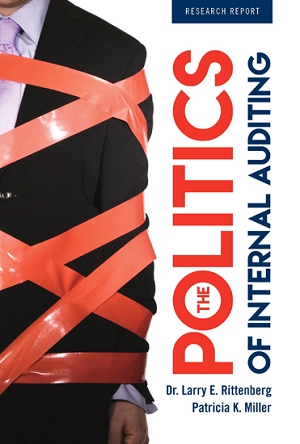
Organizations are, by definition, political. They are composed of people who have different individual goals and objectives, different value systems, different approaches to accomplishing their objectives, and different motivating reward systems. When it comes to internal auditing and the reality that internal audit results may reflect badly on some individuals, the potential for political pressure on chief audit executives (CAEs) is great.
This research report addresses political pressure on CAEs and their internal audit departments. Surveying nearly 500 CAEs from various business sectors around the world, researchers Patty Miller and Larry Rittenberg share how effective CAEs work to mitigate political pressure and lessons learned that may help manage political pressure.
Some of the research findings reveal:
- Political pressure comes in many forms.
- Political pressure can be managed and partially mitigated, but it always exists.
- Professional competence is required, but it is not sufficient.
- Political pressure exists whether the CAE position is career-focused or rotational.
Due to the nature of organizations—and basic human nature to succeed and be respected—political pressure will undoubtedly always be a risk in any organization. This research points out some things that can be done to strengthen the culture, improve the governance structure, and build support for internal auditing.
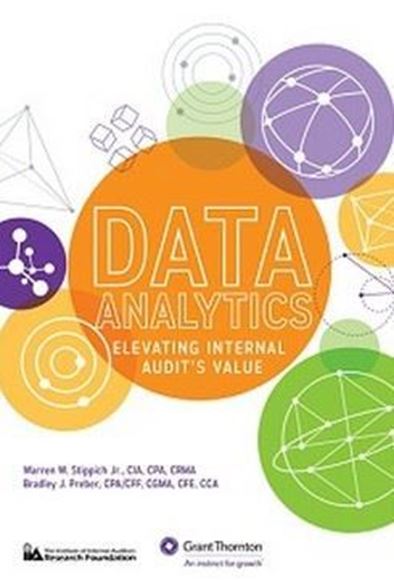
This is the result of a research project that aimed to lead to the design of a data analytics framework to help internal audit functions.
The book covers a wide spectrum of concepts, such as:
- Financial risk
- Compliance
- Fraud
The framework helps internal audit to broaden risk coverage and enhance audit efficiencies.
You will learn how to:
- Develop a data analytics framework and use it to accomplish multiple audit objectives.
- Enhance internal audit efficiency through the use of data mining and analytics.
- Eliminate duplicated data mining and analysis efforts across audit and other functions.
- Determine the optimal effort needed to maximize the framework.
The IIA Research Foundation, in partnership with Grant Thornton, conducted research and provided subject matter experts and editorial resources to produce this report.
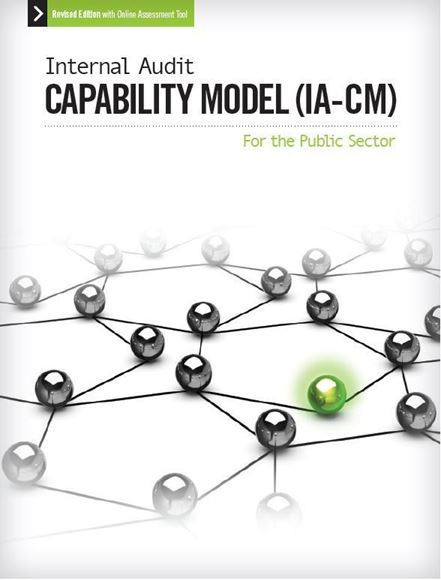
This revised edition has been updated through consultation with past and present users of the IA-CM and global internal audit thought leaders. It reflects leading developments in governance, business and risk management, and the internal audit profession to ensure that it is relevant, useful, practical, and forward-thinking.
The context was revised in detail and revisions were made throughout, including the detailed key process areas (KPAs), to reflect current and evolving professional development, practices, and innovative concepts, including:
- The IIA’s International Professional Practices Framework (IPPF)
- Internal audit’s role and relationship with control and risk functions in an organization’s three lines of defense.
- The importance of fostering and strengthening internal audit stakeholder relationships.
- Internal audit’s enhanced leveraging of knowledge management systems and information technology.
This revised edition now includes a comprehensive Online Assessment Tool designed to assist internal audit activities and their stakeholders effectively apply the IA-CM. It can be used by senior management, stakeholders, and legislators to evaluate the type of activity and develop a strategy that is appropriate for their organizations or jurisdictions.
About the Authors:
Elizabeth (Libby) MacRae, CGAP, was the lead researcher and principal author of the Internal Audit Foundation’s publication Internal Audit Capability Model (IA-CM) for the Public Sector. She has extensive internal audit practitioner experience developed through her more than 30 years in the Government of Canada.
Bruce C. Sloan, CPA, CA, CRMA, has extensive public sector experience developed through more than 30 years in the Government of Canada, where he served with the Office of the Auditor General leading a broad range of performance audits, including many government-wide assessments of internal audit.
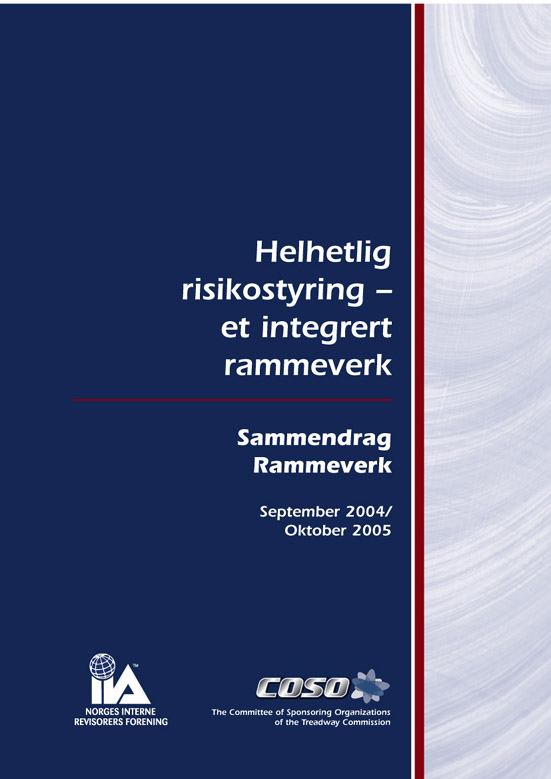
Den norske oversettelsen av COSOs Enterprise Risk Management (ERM). Den foreligger som et sett av to hefter:
1. Rammeverket
2. Teknikker og Verktøy
Førsteutgaven selges nå til sterkt redusert pris. (Før 650,-)
I tillegg kommer frakt kr 75,- på dette produktet
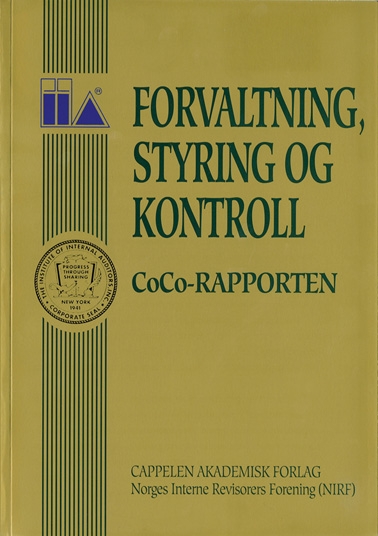
Dette er oversettelsen av de to veiledningene som hittil er utgitt i serien «Control and Governance» av «The Canadian Institute of Chartered Accountants». CoCo-rapporten vil være et nyttig hjelpemiddel for ledelsen, styret og interne og eksterne revisorer både i offentlig og privat sektor. Boken omhandler et praktisk rammeverk for forvaltning, styring og kontroll og vil kunne benyttes som et hjelpemiddel når kontroll skal bygges opp i en virksomhet og for virksomheter å måle seg selv mot. Den inneholder og drøfter sentrale aspekter og forutsetninger for hvordan styret og ledelse kan ha styring og kontroll over virksomheten.
Boken omfatter blant annet praktiske kontrollspørsmål som et styre kan benytte, både overfor seg selv og administrasjonen samt at rammeverket sammenlignes med COSO-rapporten og de internasjonale kvalitetsprisene.
CoCo-rapporten er utgitt på norsk i ett bind under tittelen «Forvaltning, styring og kontroll» består av to deler:
1. Veiledning i kontroll
2. Veiledning for styremedlemmer : Forvaltnings- og styringsprosesser for kontroll
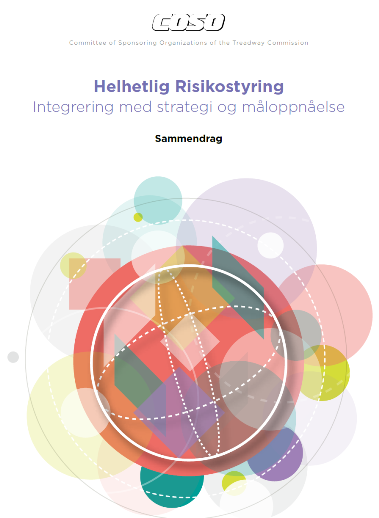
Den norske oversettelsen av Sammendraget fra den oppdaterte versjonen av COSOs Helhetlig Risikostyring – Integrering med strategi og måloppnåelse av 2017.
This product is withdrawn as of 20.12.2024, as the original in Norwegian is being replaced by an updated version from January 2025. An English translation of the new guidance can be expected within the first half of 2025. In the meantime, please consider the «Good Practice Guidelines for the Enterprise Risk Management Function», published in 2020.
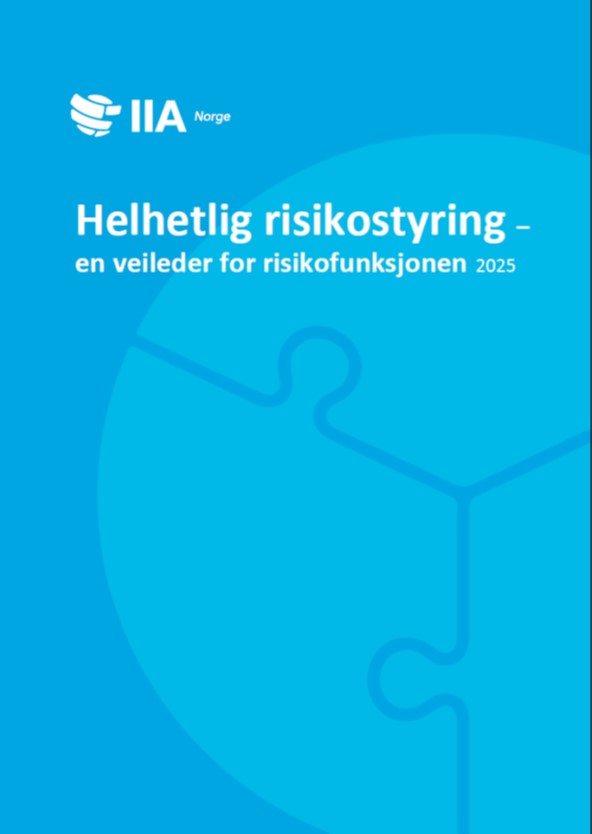
Ny oppdatert utgave fra og med januar 2025
Med denne veilederen ønsker vi å beskrive gjeldende «beste praksis» for risikofunksjoner uavhengig av bransje, regelverk og størrelse på virksomheten. Veilederen dekker ikke eventuelle lovkrav, men gir en innføring i grunnleggende prinsipper for funksjonen. Individuelle tilpasninger av risikofunksjonen vil blant annet avhenge av virksomhetens art, størrelse, kompleksitet og organisasjonskultur.
Veilederen søker også å komme med noen avklaringer og avgrensninger rundt organisering av en risikofunksjon. Dette omfatter fordeling av roller, oppgaver og ansvar mellom ulike kontrollfunksjoner i virksomheten, herunder risikofunksjonen, Compliance-funksjonen og internrevisjonen.
Den nye 2025-utgaven bygger videre på den engelskspråklige 2020-veilederen, med noe utvidet innhold og tilpasninger i tråd med arbeidet IIA Norge nå har gjort med begreper på virksomhetstyringsområdet. De faglige vedleggene er også tatt ut av hoveddokumentet, og vil publiseres som enkeltstående temaark.









